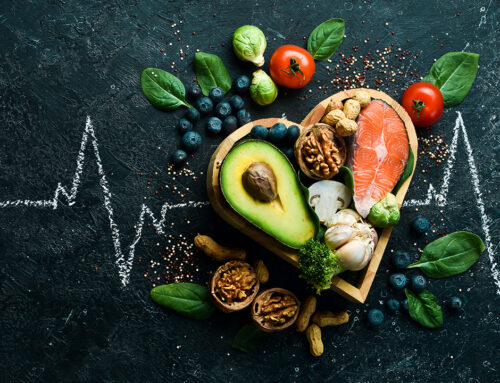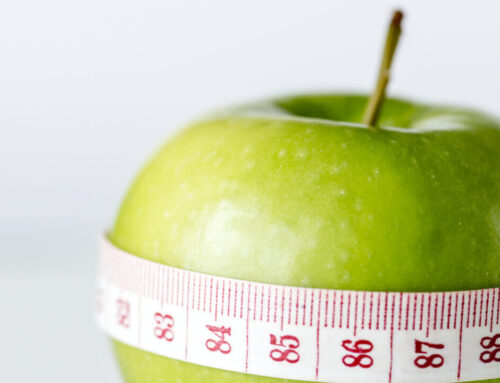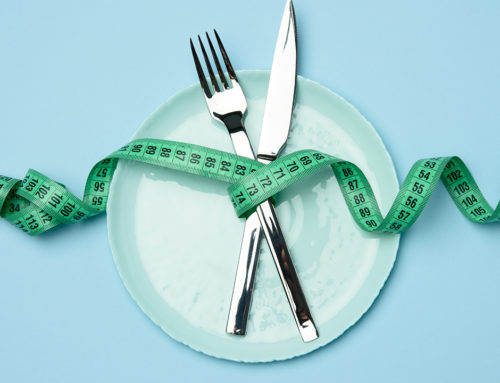If you’ve tried no carb and felt limper than a 10-day-old lettuce you don’t need to relinquish your ab ambitions. Here’s how to manipulate your carbs so you’re always getting the best out of your performance.
Carb cycling is a low to no-carbohydrate diet with intermittent periods of high or moderate carbohydrate consumption; essentially you are cycling your carbs to achieve a desired result. Most people have the misconception that consuming low carbs on a day-to-day basis for long periods of time is good for them. The main problem with low-carb diets is that they are meant as temporary diets. Long term, they deplete your energy and strength and are not the best method when attempting to lose body fat and retain muscle; in other words, you cannot eat that way forever. Your body needs carbs for daily functions.
There are also those individuals who preach high carb diets. While high carb diets help to speed your metabolism, they are not ideal for weight loss or reduction of body fat as there is not a sufficient deficit to help you shed the pounds. This is where carb-cycling comes in. Carb cycling is an in-between, zig-zag type method that will give you the benefits of both a low and high carb diet which allows you to hold on to the muscle you already have and shed body fat. This type of diet will also help you maintain your sanity, strength, and endurance through the entirety of your program. Here’s how to do it the right way.
How it works
Carb cycling works by giving your body the fuel it needs to increase your metabolism and create a calorie deficit to increase fat loss. Days are rotated between high-carb days and low/moderate-carb days and in some cases no-carb days. There are typically three types of days when carb cycling. Notice some will not go “no carbs” but instead follow a low to moderate and then high rotation.
Generally, if you do three days the three days are rotated, or cycled, equally, but there are many ways people set up a carb cycle. You can also do low/high or low moderate high. For example you’d do four low-carb days and then a high-carb, or two low, a no and one high, or two low, one moderate and one high, etc. This type of diet should be tweaked, based on the individual’s goals. Generally, the most common carb cycling approach is where you will place higher carbohydrate days on your heaviest training days and then lower carb days on off/low-intensity training days. This plan is usually based on eating six times per day. Acceptable alternatives would be five or seven meals a day.
Adjust your plan according to your goals and lifting schedule. Be sure to keep the daily ratios consistent with whatever meal plan you choose; more food per meal if you do five meals and less food per meal if you do seven.
The protein factor
Protein is the foundation of a carb-cycling diet because, assuming you are eating six meals each day, regardless of which type of day, you will eat a minimum of 1/5, 1/6, or 1/7 of your total daily minimum requirement for protein at each meal. For example, if you are taking in 1 gram of protein per pound of bodyweight, a 200-pound male should eat at least 33 grams of protein at each of your six meall. If the same person is set on a 5 meal per day plan they should eat a minimum of 40 grams of protein per meal and 28 if you are consuming seven meals to achieve the same totals. Of course, depending on your goal you may take your protein higher or lower, adjusting accordingly. On a low-carb day, you may take this number to 1.2-1.5 or even 2.0 grams per pound of body weight.
Fat facts
Keep dietary fats consistent throughout your plan. You will raise your fats on your low-carb days and lower them on high carb days. Some people will even keep their fat and carb sources separate in their diet plan.
Carbohydrate issues
This type of diet focuses on daily manipulation of carbohydrate consumption – hence the name “Carb Cycling”, so carbs are a very important part of this diet. There are three types of days in the diet, and they vary only by the amount of carbohydrates that are consumed. They are the low/moderate carbohydrate day, the high carbohydrate day, and the no/low day.
1. Low Carb Day
To achieve maximum results, you must calculate the ratio of carbs to fat and proteins. Your protein intake is higher during the low-carb phase. To calculate the correct amount of required protein in grams, a woman will multiply her body weight (in pounds) by 1.2 whereas a man will multiply his weight by 1.5. Then multiply this total by four for the number of calories consumed by protein sources. To calculate the required grams of fat, a woman will multiply her weight in pounds by 0.5 and a man by 0.8. This total number multiplied by nine will reflect your calorie consumption. Find carbohydrates by multiplying a woman’s weight by 0.6 and a man’s by 0.9. This total multiplied by four will reflect total calories consumed through carbohydrates. Add the three totals to determine your daily caloric intake during this cycle.
2. High Carb Day
The high carb day is established using the same method, only this time, increasing your protein and carbohydrate intake while decreasing your fats. To determine the grams of protein and carbohydrates, a woman will multiply her weight by 1.4 and a man by 1.7. Fat grams are found by multiplying a woman’s weight by 0.3 and a man’s weight by 0.6. These totals will reflect the number of nutrient dense calories you can consume on this day. You’ll want to focus the majority of these calories right around the training period since this is when your body needs them the most. Plus, by doing so, you’ll find that the rest of the day stays quite similar in terms of meal planning to your low carbohydrate days.
3. No Carb Day
The no carb day is the simplest, yet most physically and mentally challenging day. It is exactly what it says it is, quite literally, no carbohydrates. You will get some carbs from the greens you eat, but not enough to affect your results. Be aware that low and no days aren’t exactly going to be easy, but you’re going to get great results if you can push through them. Some people tolerate low carbs better than others. Only you will be able to decide if you are going too low for you to function properly throughout your day.
Other ways with carbs
Monday = No Carb
Tuesday = Low Carb
Wednesday = High Carb
Thursday = No Carb
Friday = Low carb
Saturday = High Carb
Sunday = Low Carb
Monday = Low Carb
Tuesday = No Carb
Wednesday = Low Carb
Thursday = High Carb
Friday = No carb
Saturday = High Carb
Sunday = Low Carb
Working to scale
The recommendations which follow are standard but can be adjusted to fit your goals. You can take the ratios given and increase them to make them fit your goals. Multiply your bodyweight by the numbers provided OR by your own set number to figure how many grams of protein, carbs, and fats you will take in each day. To figure out the calorie consumption you will take the number and multiply it by four for both protein and carbs and by nine for fat.
Carbohydrate Cycling Program Macronutrient Recommendations
Male
| DAY | PROTEIN | CARBS | FAT |
|---|---|---|---|
| High | 1.7 | 1.7 | 0.7 |
| Low | 1.5 | 0.9 | 0.8 |
| No | ~0 |
Female
| DAY | PROTEIN | CARBS | FAT |
|---|---|---|---|
| High | 1.4 | 1.4 | 0.3 |
| Low | 1.2 | 0.6 | 0.5 |
| No | ~0 |
The numbers of a pro
I have tweaked my own numbers and they are a bit higher than the recommended protein to achieve the goals I have set for myself. As you can see you can manipulate this diet to suit your needs.
Low days
On high days meals I have the extra carbs in 3 meals – my fats also decrease on high days, overall 4 low days one high-repeat
High days
These are 50 grams of carbs in the first four meals. I choose oats for these meals because it’s easy to measure and I don’t mind eating the same thing over and over. I’ll periodically switch out oats for brown rice
6:30 Meal 1: 8 oz. chicken/turkey or 12 egg whites no yolk, just under a cup of oatmeal
9:00 Meal 2: 8 oz. turkey, one tablespoon natural p. butter, 1 cup spinach
11:30-12:00 Meal 3: 8 oz. turkey, one tablespoon natural p. butter, 1 cup spinach
1:30-2:00 Workout/ immediately after 1 scoop whey Isolate protein
2:30-3:00 Meal 4: 7oz. Tilapia, 3 pieces of Ezekiel bread
5:30-6:00 Meal 5: 7oz Tilapia, 1 cup broccoli
8:00-8:30 Meal 6: 8 oz. chicken, 1 cup broccoli
10:30-11:00 Meal 7: 40 grams whey protein, 2 tablespoons p. butter







